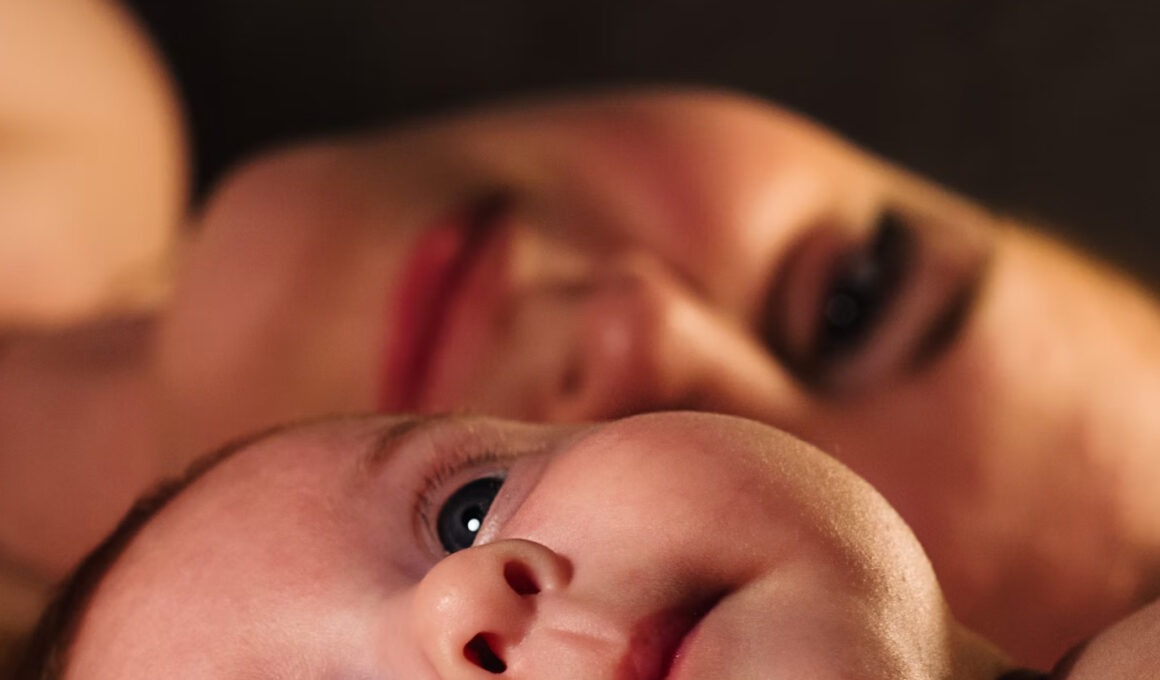When parents talk about sleep training, one of the most popular methods that comes to mind is the Cry It Out (CIO) sleep training method. And although there are many different types of sleep training methods that parents from all over the world use, Cry It Out dominates the rest.
Trying to figure out how to sleep train your baby or toddler can feel like diving into a bottomless pit of conflicting advice online. It’s especially tough when you’re sleep-deprived and just longing for a decent night’s rest.
Some sources advocate for letting babies cry it out, while others promote gentler approaches. Then there are those who believe in a fully baby-led method, even if it means enduring frequent wake-ups throughout the night.
A new method that is doing the rounds amongst parents these days is the gentle sleep training method also called “no cry sleep training”. It sounds like the exact opposite of what years of parenting and research has taught parents in terms of letting your baby cry it out.
But, hear us out. More and more parents are resorting to gentle sleep training and cite many different reasons as well as benefits of opting for this method. Babies can be taught to sleep better without having to cry.
Let’s get into it.
What Is Sleep Training?
Sleep training is the process of teaching your baby to fall asleep independently without relying on external factors like feeding or rocking. This means placing your infant in their crib while they’re fully awake (not drowsy) so they can learn to fall asleep on their own. The first night of sleep training is often the toughest, but it does improve with consistent sleep routines and practices.
When a child can fall asleep independently without needing assistance from a parent or caregiver, they’re more likely to self-soothe and return to sleep if they wake up during the night.
While most parents hope for their child to sleep through the night, focusing on teaching self-settling is key. With this skill, longer stretches of sleep will naturally follow.
ALSO READ:
What Is Gentle Sleep Training?
Parents who prefer the no-crying and no-tears approach don’t view sleep training as a responsibility or chore. They see it as an opportunity to bond and connect with their little ones while building healthy habits.
So instead of looking at it as an item to cross of on your baby’s developmental checklist, view the whole process as a cozy nighttime ritual for some quiet time between you and your baby. During this time, your baby will let you know when they need food or seek comfort and you can meet your baby’s needs accordingly.
Parents who advocate for gentle sleep training argue that babies naturally seek closeness to their parents, and methods like “cry it out” or extinction sleep training don’t actually teach babies to self-soothe as promised. Research indicates that while extinction methods may lead to short-term improvements in sleep, most babies exhibit similar sleep patterns around 1 year of age, regardless of the sleep training approach used.
Based on this, many parents suggest that crying-based sleep training methods may not be essential for improved long-term sleep habits.
ALSO READ: What Is Infant Sleep Regression – All You Need To Know
Why Are Parents Choosing Gentle Sleep Training?
Well, the answer to that is simple. Sleep training (and any other aspect of parenting) should never be a choice between your peace of mind or your baby’s. You should not have to pick between your mental health as a parent, and your baby’s mental health.
Gentle sleep training takes away this choice of picking one over the other. It allows parents to meet their own needs as well as those of their babies. Not only does this strengthen the parent-child bond, but it also eases the guilt, anxiety, and pain of hearing your child cry through the night.
What Are The Benefits Of Gentle Sleep Training?
Based off of the experiences of multiple parents who opted for gentle sleep training, there are a few takeaways to note. It is safe to deduce that there are substantial long-term benefits for children such as:
- Improved sleep for the entire family fosters a happier household environment.
- Learning to self-settle is a skill that serves a child throughout their life.
- Better sleep translates to higher energy levels, which in turn promotes a healthier appetite during the day.
- Babies experience greater contentment and well-being with improved sleep patterns.
- Enhanced development is facilitated by increased energy and better-quality sleep during the crucial nighttime hours when growth and development occur.
ALSO READ: 7 Expert Tips To Help Your Baby Sleep Through The Night
How Can I Make Sleep Training Easier?
There is so much information on the many different ways and approaches parents can use to make sleep training easier. Some of the main aspects you need to focus on include the following:
- Daytime routine
- Sleep environment
- Feeding patterns
- Sleep associations
- Bedtime routine
While these are generic categories you can dissect further in order to create a schedule that works for your baby, there are tools to help you make this process even easier.
Smart tools such as Invidyo assist parents with keeping an eye on their baby and monitoring their habits, behavior and health. Features such as Cough & Cry Analysis and Automated Sleep Tracking help new parents immensely.
Not only will you have a full overview of how your baby sleeps, what their schedule looks like, when they cry and what for, but you will also be able to use two-way communication to soothe your baby even while you aren’t physically present.
ALSO READ: How To Sleep Train My Baby With Invidyo
Invidyo collects data in the form of Daily Summaries and logs information for parents to view with a single tap. Not only does this help you understand your baby’s routine at a glance, but it also allows you to change and alter nap times, feeding hours, and sleep associations as you like.
It also comes equipped with White Noise, Lullabies, Temperature and Sound detection to give you full control over monitoring your child. Tools such as Invidyo make parenting that much easier for the modern parent!
Tips For Gentle Sleep Training
With the right approach and continued efforts, gentle sleep training will be a success for you and your baby. You should allow between 2 to 4 weeks before noticing changes in your baby’s sleep patterns. If you are looking for some tips to make the entire process easier for you, these might help:
- Stay consistent. Stick to a regular nap and bedtime schedule to regulate nighttime sleep effectively.
- Time it right. Put your baby to bed when they exhibit signs of tiredness, such as rubbing their eyes or fussing. Avoid keeping them awake in hopes of making them more tired, as an overtired baby may struggle to fall asleep and sleep less overall.
- Transition gradually. If adjusting your baby’s bedtime, make incremental changes, such as moving bedtime 15 minutes earlier each night until you find the optimal time for your baby.
- Establish a calming bedtime routine. Create a soothing sequence, such as a bath followed by reading a book, singing a lullaby, and then putting your baby to bed at the same time every night.
- Use consistent cues. Introduce specific “key words” or sounds to signal bedtime, reinforcing them during soothing moments to help your child associate them with sleep.
- Foster a comfortable sleep environment. Ensure the room is quiet and dimly lit, and consider using gentle background noise like soft music or nature sounds. Follow safe sleep practices, placing your baby on their back in a crib free of loose bedding or objects.
- Consider a pacifier. Using a pacifier at bedtime may help soothe a fussy baby and has been associated with a reduced risk of SIDS.
- Avoid overreacting to every sound. Learn to differentiate between genuine cries and sleepy noises, and give your baby a moment before responding to prevent unnecessary disturbances.
Using the right tools and methods will make sleep training a far easier process than you would imagine. It’s really not as terrifying or consuming as it is made out to be, particularly if you choose gentle sleep training over other methods.










